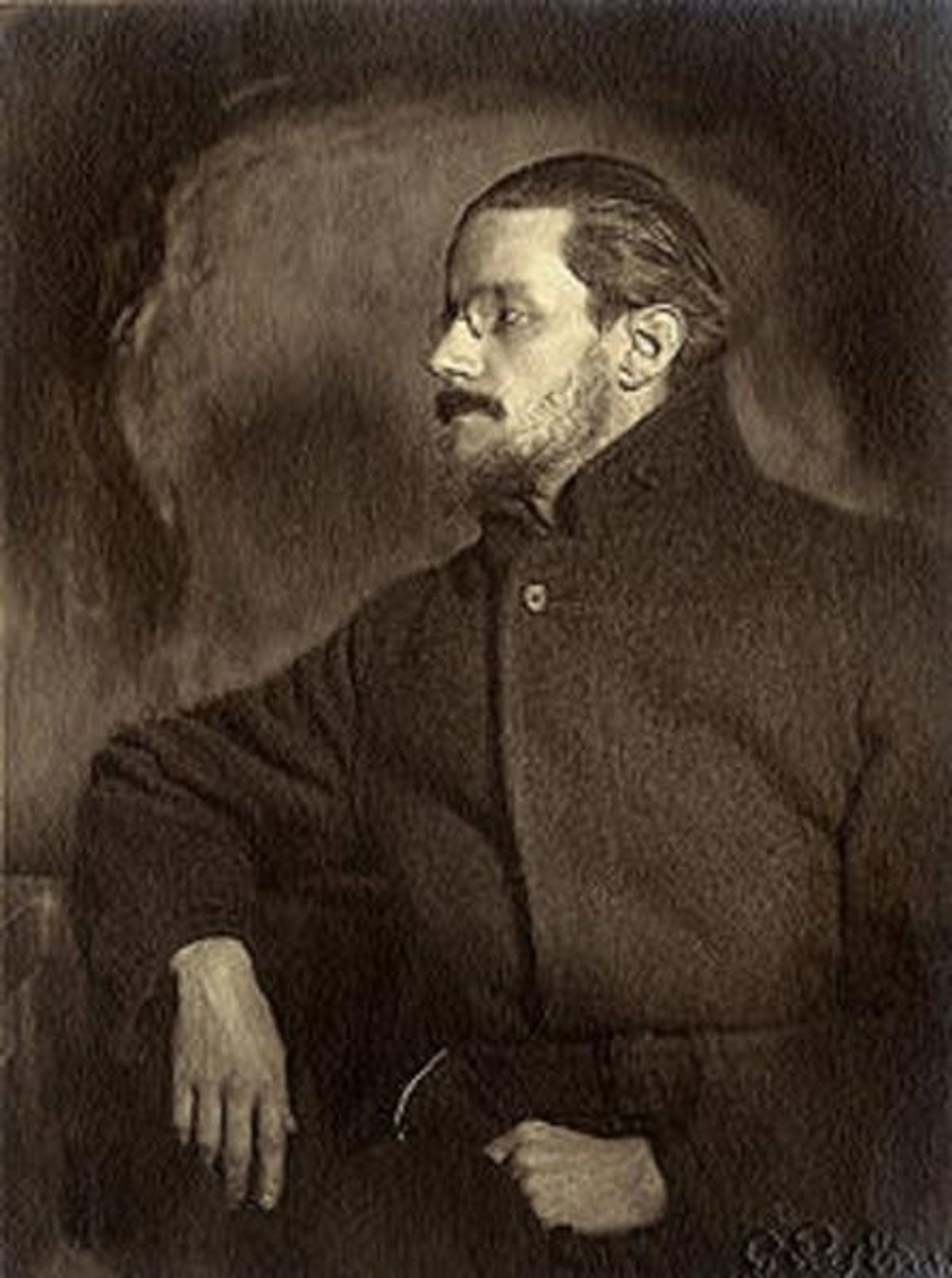


Finnegan's Wake is recognized not only as a masterpiece, but also as one of the most difficult books ever written. That one took him seventeen years to write and was based on puns in a number of different languages. After Ulysses, Joyce wrote one final novel, Finnegan's Wake (1939). (Many thanks to his wife, Nora Barnacle, for fishing it out.) Joyce then re-worked Stephen Hero into the much more experimental and ambitious A Portrait of the Artist as a Young Man (1916). It began as a book called Stephen Hero, but Joyce was so dissatisfied with his first attempt that he threw the manuscript in the fire.

Joyce then set out to write a semi-autobiographical novel about his youth in Dublin. His first book, Dubliners (1914), was a remarkable collection of short stories which set out to depict the sense of paralysis that one could get from living in Dublin at the turn of the 19th century. In other words, it is (as you may have heard) hard. Ulysses is so saturated in Dublin life and in the particularities of its characters that, at times, it strains coherence. In doing so, the novel nearly breaks the back of realism (literature with a goal of portraying people and events as they exist in the real world). The groundbreaking stream-of-consciousness style allows the reader not only to trace the actions of Bloom's day, but also to follow the movement of his thoughts, to hear the inner timbre of his needs and desires, his joy and his despair. Leopold Bloom, a middle-aged Jewish man living in Dublin, Ireland. Written in a wide variety of styles, chock-full of an encyclopedia's worth of allusions, rife with enough puns and jokes to fill a comedian's career, the novel focuses on one day – J– in the life of Mr. James Joyce's Ulysses (1922) is, arguably, the single most influential novel of the 20th century.


 0 kommentar(er)
0 kommentar(er)
